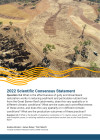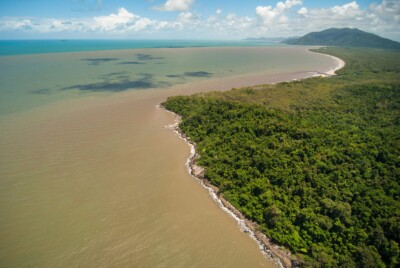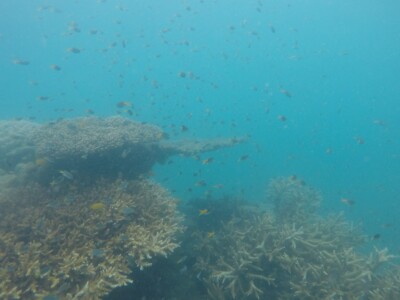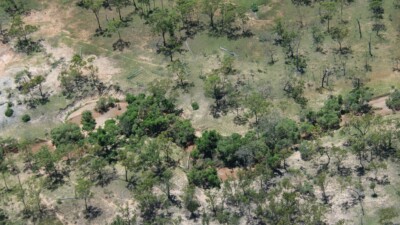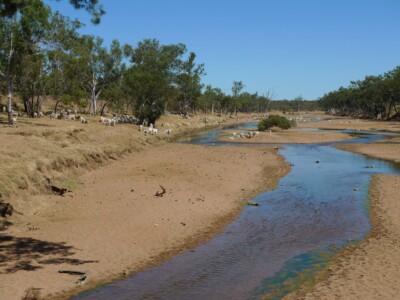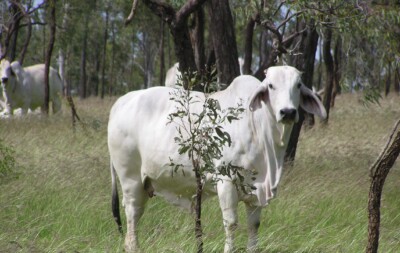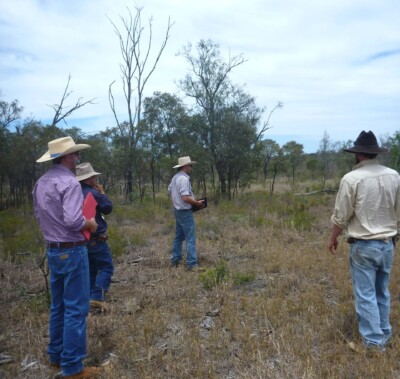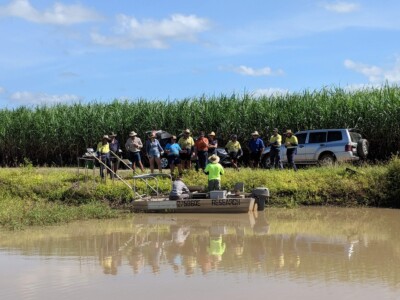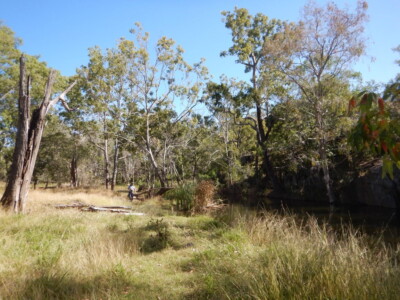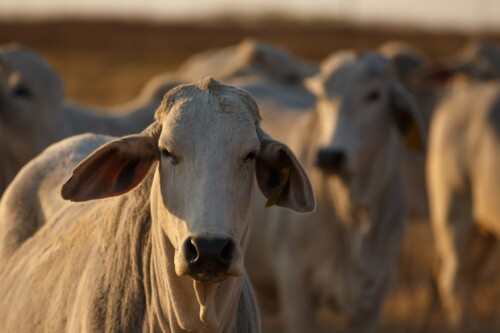Sediments and particulate nutrients

What is the effectiveness of gully and streambank restoration works in reducing sediment and particulate nutrient loss from the Great Barrier Reef catchments, does this vary spatially or in different climatic conditions? What are the costs and cost-effectiveness of these works, and does this vary spatially or in different climatic conditions? What are the production outcomes of these practices? [Q3.6]
What is the benefit of vegetation restoration in 1) riparian zones and 2) hillslope and floodplain zones, in reducing sediment and particulate nutrient loss to the Great Barrier Reef? [Q3.6.1]
Authors: Andrew Brooks1, James Daley1, Tim Pietsch1
Affiliations: 1Coastal and Marine Research Centre, Griffith University
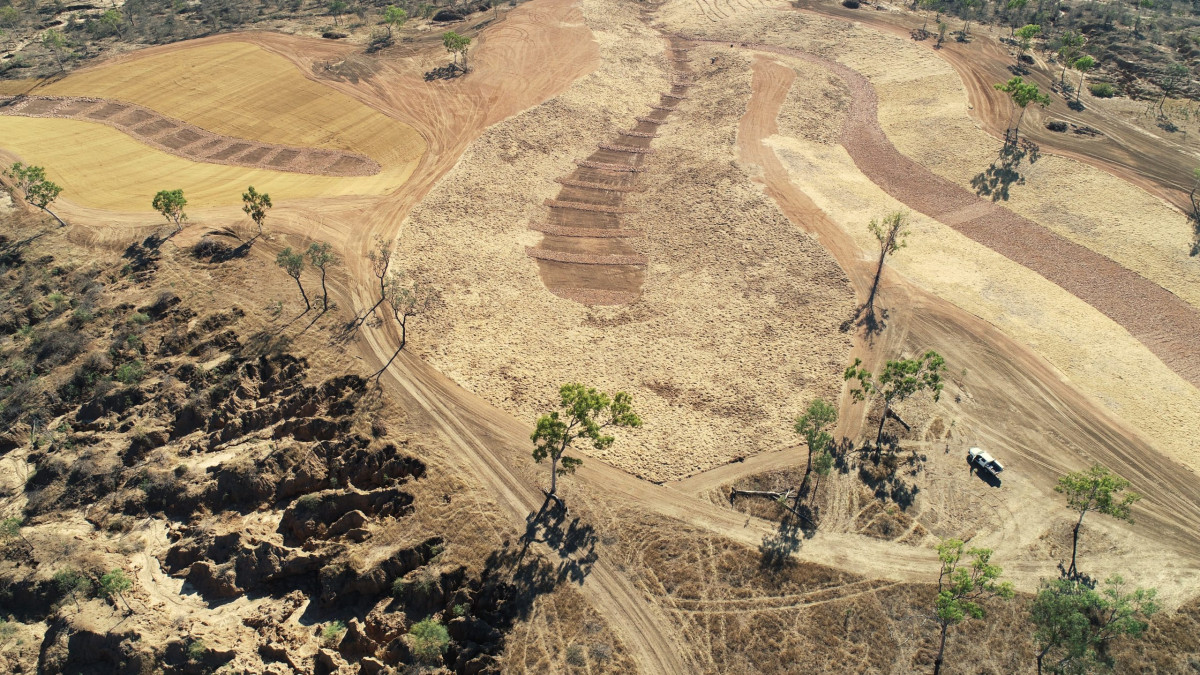
Evidence Statement
The synthesis of the evidence for Question 3.6 was based on 88 studies (33 gully remediation and 55 streambank rehabilitation), undertaken in the Great Barrier Reef catchment area and other national and international locations, published between 1990 and 2022 with some earlier streambank studies. The synthesis includes a Moderate diversity of study types (58% observational, 19% reviews, 16% experimental and 7% modelling), and has a Moderate confidence rating (based on Moderate consistency for gullies and Moderate to High consistency for streambank studies and Moderate overall relevance of gully and streambank studies).
Summary of findings relevant to policy or management action
There are a small number of published studies undertaken in the Great Barrier Reef catchment area that assess the effectiveness and costs of gully remediation for reducing fine sediment export, and none that demonstrate a relationship between site-scale streambank stabilisation and downstream water quality. The large-scale remediation of alluvial[1] gullies has been demonstrated to be an effective strategy to significantly reduce fine sediment load delivered to the Great Barrier Reef. Gully remediation treatments can include major earth works and reshaping, soil treatment, installation of rock chute structures, earth bunds and water points, fencing and revegetation. A combination of these treatments can achieve over 90% fine sediment reduction within one to two years. In contrast, direct hillslope gully treatments appear less effective in reducing fine sediment exports (7 to 17% effectiveness). Destocking catchments may also reduce hillslope gully sediment yields by up to 60%, after ~25 years, however there is limited information on the practicality and costs of this approach. Streambank rehabilitation treatments include interventions to increase riparian vegetation, either directly through planting, or indirectly through the removal of disturbance pressures such as grazing to encourage natural colonisation, and in some cases bank reprofiling and stabilisation, which enables subsequent revegetation via planting and/or natural colonisation. Rehabilitation works cannot currently be evaluated due to limited measurement of treatment effectiveness, but studies have shown that bank erosion generally occurs at lower rates on vegetated streambanks than non-vegetated streambanks. There is a need to refocus efforts from site-scale management to whole-of-system approaches that seek to maximise recovery of riparian vegetation at the river reach to network scale, rather than focus on individual erosion sites. While streambank rehabilitation will assist in reducing sediment export in the Great Barrier Reef catchment area, estimates of return on investment are poorly understood.
[1] There are two major gully types; alluvial (or river associated) and colluvial (or hillslope gullies). This distinction is based on the material the gullies are eroding into: alluvium – sediments deposited overbank from rivers and streams; and colluvium – sediments derived from in-situ weathering on slopes and/or downslope processes on hillslopes.
Supporting points
- Apart from the studies published in the National Environmental Science Program Tropical Water Quality Hub (2014 to 2021), none of the gully and streambank projects undertaken in the Great Barrier Reef catchment area have quantitatively monitored sediment and particulate nutrient reductions as part of the evaluation of treatment options.
- Studies of gully remediation treatments undertaken in other parts of the world are of limited value for comparison to the Great Barrier Reef context due to the significant geographic and climatic differences, limited measurement of water quality and failure to differentiate between the fine and coarse sediment fractions.
- In the locations studied, a small number of high-yielding gullies (~2% of the total number) account for a substantial proportion of the sediment yield (30%). Alluvial gullies contribute a large proportion of the sediment yield from this top 2% of gullies and typically have high sediment delivery ratios. This highlights the need to prioritise and target gully remediation efforts to efficiently and cost-effectively reduce fine sediment exports to the Great Barrier Reef. While there are also large, high-yielding hillslope gullies in the Great Barrier Reef catchment area, there are no documented examples of these being remediated.
- While large, high-yielding gullies can be expensive to remediate (e.g., more than $500,000), they are a significant and spatially concentrated source of sediment, have shorter response times for fine sediment reductions, and can be treated at larger scales and in fewer locations. Evidence from alluvial gully remediation examples indicates that these treatments can be 26 – 60 times more cost-effective in achieving the same cumulative fine sediment reductions than lower-cost options for lower-yielding gullies, e.g., <$600 per tonne of sediment abated compared to >$13,000 per tonne of sediment abated.
- Although robust methods exist to calculate the cost-effectiveness of gully remediation projects, there is no consistency between projects and investment programs, and agreement on a standardised peer-reviewed method should be a priority. This is critical to assess and compare project viability, capture baseline data and monitor the effectiveness of gully remediation treatments ultimately leading to improved assessments of the cost-effectiveness of remediation design and implementation life.
- In most situations, particulate nutrient reductions from alluvial gully remediation typically track the reductions in fine sediment, however dissolved nutrients can increase where organic matter is added to improve soil condition. The use of organic products such as mulch or hay with a high carbon:nitrogen ratio is more likely to ensure a reduction in dissolved inorganic nitrogen runoff.
- The evidence of the water quality benefits of streambank rehabilitation from Australian and international literature is limited and focused on small scale (<150 ha) catchments. This evidence has limited applicability to the scale of the Great Barrier Reef river channel network. There are also a wide range of factors that influence river dynamics, posing additional challenges for evaluation.
- Maintenance of gully and streambank projects is critical to prevent further degradation and ensure treatments continue to be effective for many decades. The costs of ongoing maintenance are largely unknown but are required to quantify whole of life costs to inform future policy and management decisions.
- Undercapitalised treatment options are less effective and carry greater risk of future failure. At present it is not known whether the trade-off between initial capitalisation and ongoing maintenance costs will be more or less expensive across the life of the treatment.
- Obtaining quantitative monitoring data at a range of scales (site, subcatchment and catchment) is essential to evaluate the effectiveness, costs and production outcomes of gully and streambank projects and to maximise the benefits of remediation projects.
